Get a Free WorkTrek Demo
Let's show you how WorkTrek can help you optimize your maintenance operation.
Try for freeMachines break down, equipment fails—these are facts of life in any industry. However, a well-maintained plan can help reduce problems and keep things running smoothly. This article covers 10 tips for an effective maintenance plan and approach.
A smart approach to maintenance and upkeep saves time and money in the long run.
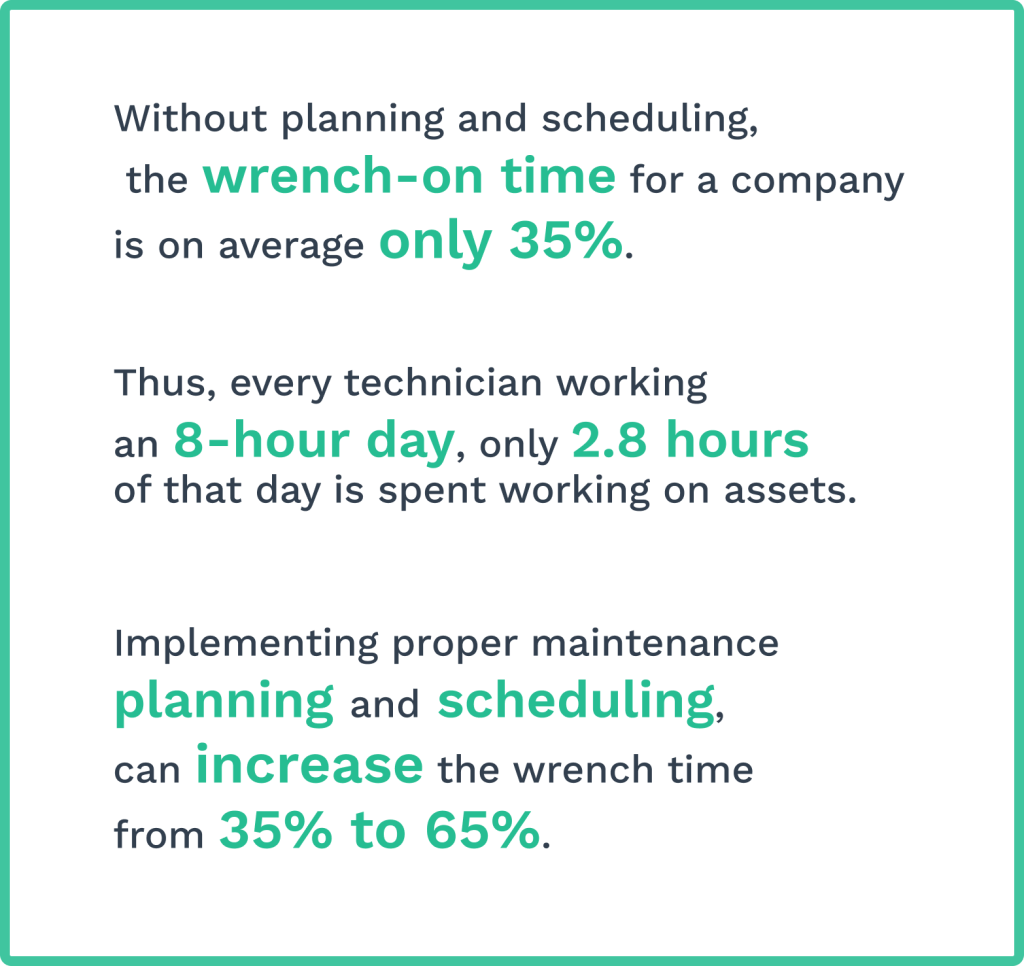
Illustration: WorkTrek / Data: Inspectione
An effective maintenance plan includes regular checks, timely repairs, and smart resource use. It helps prevent unexpected breakdowns that can halt work and cost a lot of cash. With the right plan, businesses can keep their gear in top shape and avoid big headaches.
This post will share 10 key tips for creating a strong maintenance strategy. These ideas can help any company improve how it cares for its equipment and facilities. These tips cover all the bases for better maintenance, from setting clear goals to using new tech.
Understanding Maintenance Planning
Maintenance planning is key to keeping equipment running smoothly. It helps prevent breakdowns and saves money. Good planning makes work easier and more efficient.
Benefits of Preventive Maintenance
Preventive maintenance stops problems before they start.
It enables machines to last longer and function more efficiently. This type of care reduces the likelihood of sudden breakdowns that can halt work.
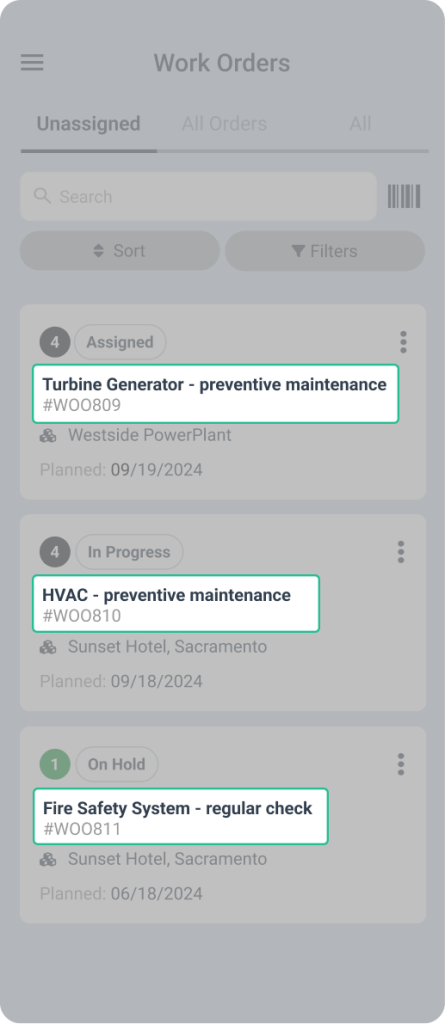
Source: WorkTrek
Regular check-ups catch small issues early. Fixing these small problems costs less than big repairs later and means less machine downtime.
Preventive maintenance helps plan work better. Teams can schedule fixes at a time that’s best for the business. This means less rush and stress.
Preventive care also improves safety. Well-kept machines are less likely to cause accidents, keeping workers safe and happy.
Differentiating Maintenance Strategies
Different maintenance plans fit various needs. Some focus on fixing things only when they break, while others try to prevent breaks before they happen.
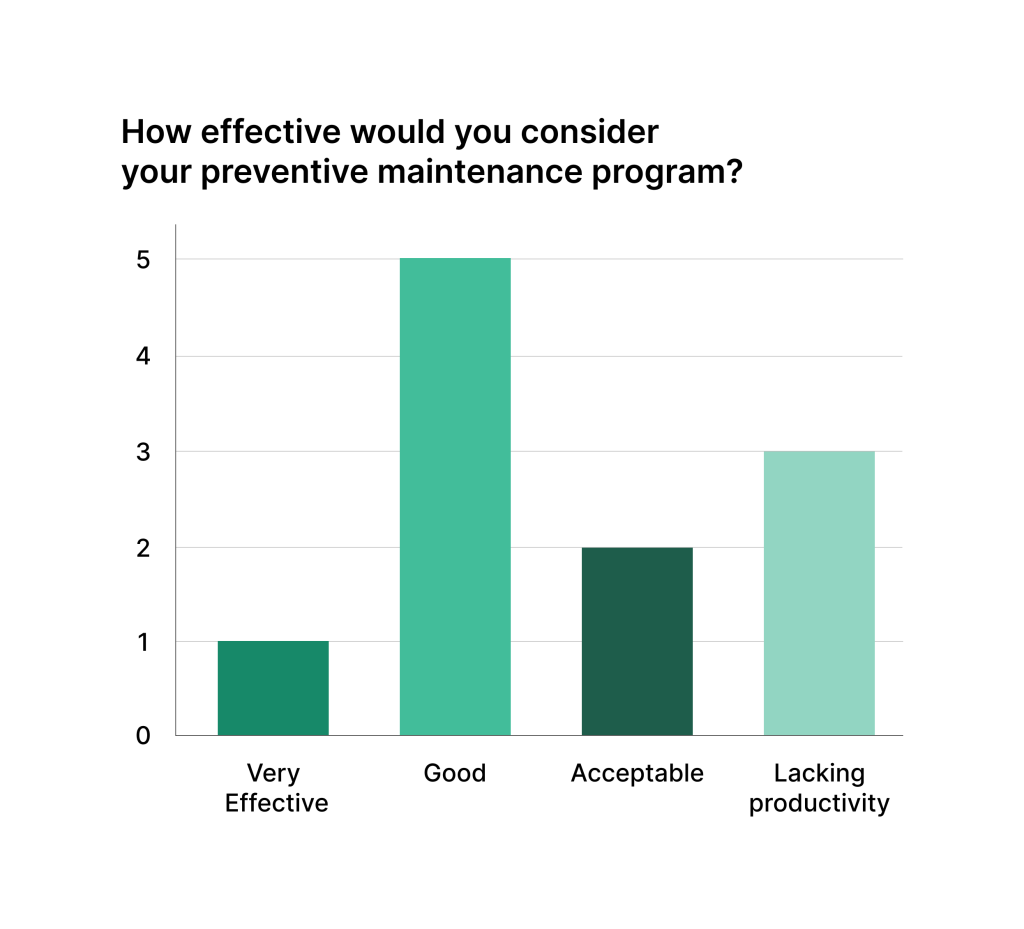
Illustration: WorkTrek / Data: Present Status and Future Growth of Advanced Maintenance Technology and Strategy in US
Reactive maintenance waits for problems to occur. It’s simple but can lead to big, costly fixes. This works for small, cheap parts, but not for essential machines.
Predictive and preventive maintenance tasks utilize data to anticipate when components may fail. They also regularly check machine health, which helps identify and fix issues at the right time.

Illustration: WorkTrek / Data: Machinery Lubrication
Condition-based maintenance watches how machines work. It fixes them when signs show they need help, saving time and money by not fixing things that don’t need it.
Setting Maintenance Goals
Effective maintenance goals drive performance and align with business needs. They provide clear targets for teams to work towards and measure progress.
Defining SMART Objectives
SMART goals—specific, measurable, achievable, relevant, and time-bound—are key to maintenance success.
For example, a SMART maintenance goal could be: “Reduce equipment downtime by 10% within 4 months through scheduled maintenance and staff training.”
This goal is:
- Specific: Focuses on equipment downtime
- Measurable: 10% reduction
- Achievable: Through defined actions
- Relevant: Improves operational efficiency
- Time-bound: 4-month timeframe

Illustration: WorkTrek / Data: Healthy Happy Impactful
Teams should set 3-5 SMART goals to focus efforts without overwhelming staff.
Aligning with Business Outcomes
Maintenance goals must align with broader company objectives to enhance asset performance. This ensures maintenance efforts contribute to organizational success.
Key business outcomes to consider:
- Cost reduction
- Productivity improvement
- Quality enhancement
- Safety improvement
- Regulatory compliance
For instance, if a company aims to cut costs, a maintenance goal might be to extend equipment lifespan through preventive care. This reduces replacement expenses and downtime.
Regular meetings between maintenance leaders and executives help ensure that goals are aligned. Goals should be reviewed quarterly and adjusted as business needs change.
Assessing Your Current Maintenance Operations
A thorough assessment of your maintenance operations is key to developing an effective plan. This involves examining your equipment and procedures to pinpoint areas that need improvement.
Audit Current Equipment and Processes
Start by taking stock of all your equipment. Make a list of each machine, its age, condition, and maintenance history.
This inventory will help you identify patterns and potential problem areas, enabling you to reduce equipment failures.
Next, review your current maintenance processes and set specific maintenance tasks.
Consider how frequently you perform maintenance tasks and who is responsible for them. Verify if you utilize a computerized maintenance management system (CMMS) to manage work orders and schedules.
Analyze your maintenance data, including repair frequency, downtime, and costs. These numbers can reveal which machines need the most attention and where you spend the most money.
Identify Areas for Improvement
With your audit complete, it’s time to find ways to enhance your maintenance operations. Look for equipment that frequently breaks down or requires expensive repairs. These might need more frequent check-ups or replacements.
Examine your maintenance schedules. Are you performing too much reactive maintenance?
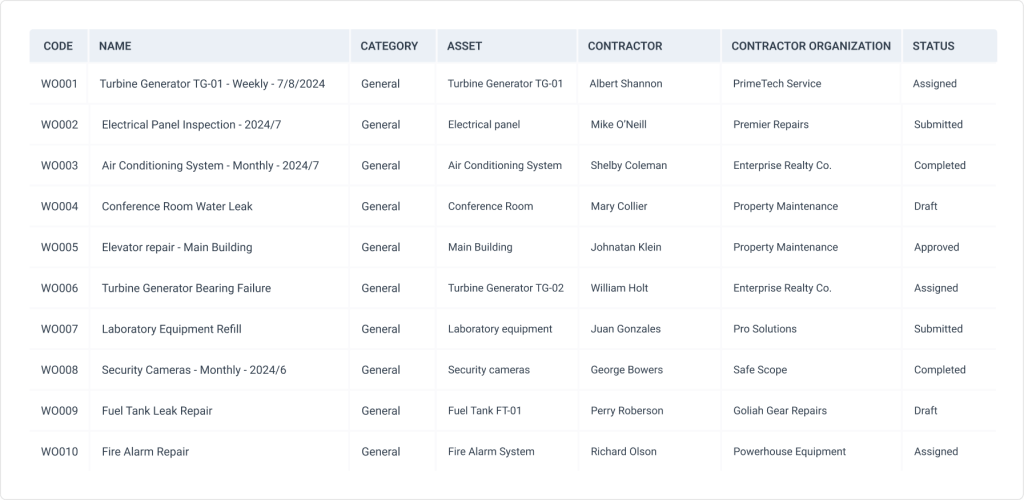
Source: WorkTrek
Shifting towards preventive maintenance could reduce unexpected breakdowns and costs.
Consider your staff’s skills. Do they have the right training for your maintenance technicians to handle all maintenance tasks? Identifying skill gaps can guide future training plans.
Lastly, review your parts inventory. Ensure you have the right parts on hand to avoid delays in repairs. An organized inventory system can save time and money.
Developing a Maintenance Strategy
A good maintenance strategy helps keep equipment running smoothly and prevents costly breakdowns. In the long run, it saves money and time.
Selecting the Right Maintenance Model
Proactive preventive maintenance is key to an effective strategy. This approach aims to resolve issues before they cause problems, which is preferable to maintenance team members constantly reacting to breakdowns.
Different models work for different needs:
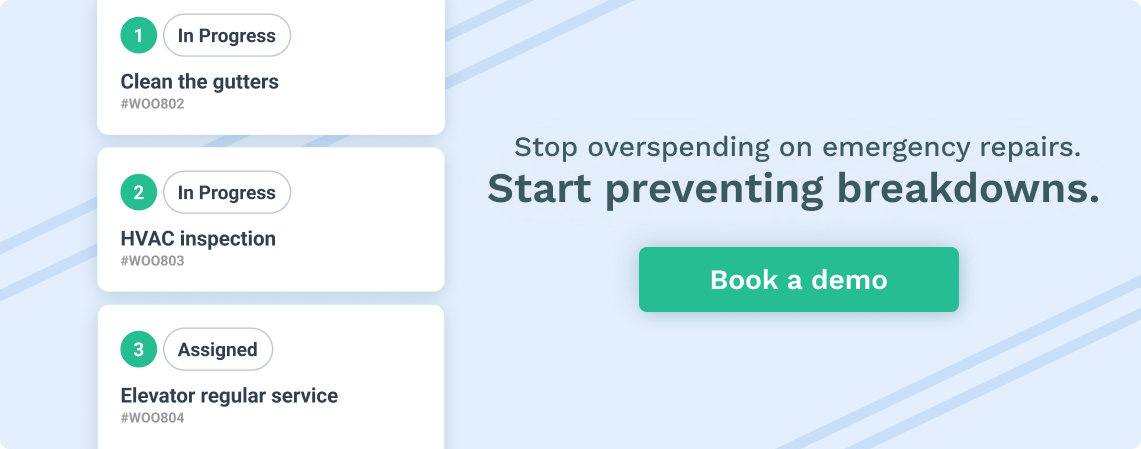
- Preventive Maintenance:
- Preventive maintenance involves regular checks and servicing to prevent breakdowns. It follows a schedule based on time or usage. This approach reduces downtime, improves reliability, and extends the equipment’s lifespan. For managers and technicians, it ensures tasks are planned, cuts emergency repairs, and keeps operations running smoothly.
- Predictive Maintenance:
- Predictive maintenance utilizes data and sensors to identify issues early. It tracks performance to predict failures before they happen. This approach reduces downtime, lowers costs, and improves reliability. For managers and technicians, this means addressing issues promptly and maintaining equipment in optimal condition.
- Condition-based:
- Condition-based maintenance monitors equipment in real-time to determine when maintenance is needed. It targets issues only when signs of wear appear. This approach eliminates unnecessary work, conserves resources, and enhances reliability. It helps managers and technicians identify and resolve problems quickly, preventing breakdowns.

Source: WorkTrek
Select a model that aligns with your available resources and goals. Mix and create hybrid models for the best results.
For example, preventive measures can be used for simple tasks, and predictive measures for critical machinery.
Balancing In-House and Outsourced Tasks
Decide which tasks to do in-house and which to outsource. This balance affects maintenance costs and quality.
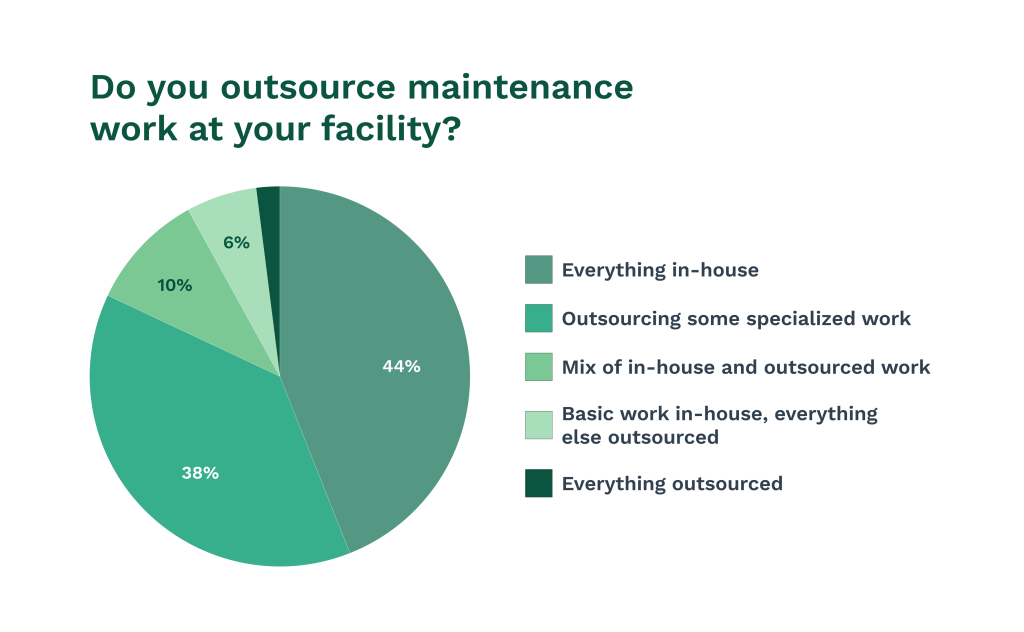
Illustration: WorkTrek / Data: Limble
In-house pros:
- Better control
- Faster response times
- Deep knowledge of equipment
- Dedicated team members
Outsourcing pros:
- Access to specialists
- Reduced labor costs
- Focus on core business
- Cost savings
- Smaller maintenance team
Hire a maintenance planner to manage this balance and help with strategic planning. This would enable the maintenance manager to assign tasks based on skill and cost, allowing other staff to focus on their primary responsibilities and enhance operational performance.
Train your team on new tech and methods. This keeps skills sharp for in-house work. Pick partners with a good track record and clear communication for outsourced tasks.
Creating a Maintenance Schedule
A well-planned maintenance schedule keeps equipment running smoothly and prevents unexpected breakdowns. It helps businesses save time and money by organizing tasks efficiently.
Prioritizing Maintenance Activities
To create an effective maintenance schedule, list all equipment that requires upkeep and define the routine maintenance tasks. Rank tasks by importance, focusing on critical machines for daily operations. Consider how often each item breaks down and the associated repair costs.

Illustration: WorkTrek / Data: Machinery Lubrication
Consider the impact of equipment failure on production and safety. Machines that could cause accidents or stop work should be a top priority.
Use data from past maintenance records to spot patterns. This helps predict when things might break and schedule fixes before problems happen.
Frequency of Maintenance Tasks
Determine how frequently each task needs to be performed. Some equipment might need daily checks, while others only need yearly service.
Follow manufacturer guidelines for maintenance intervals. But adjust based on your actual usage and conditions. Machines used more frequently or in harsh environments may require more frequent maintenance.
Create a calendar that shows when each task is due. Use different colors or symbols to distinguish between daily, weekly, monthly, and yearly tasks. This makes the schedule easy to read at a glance.
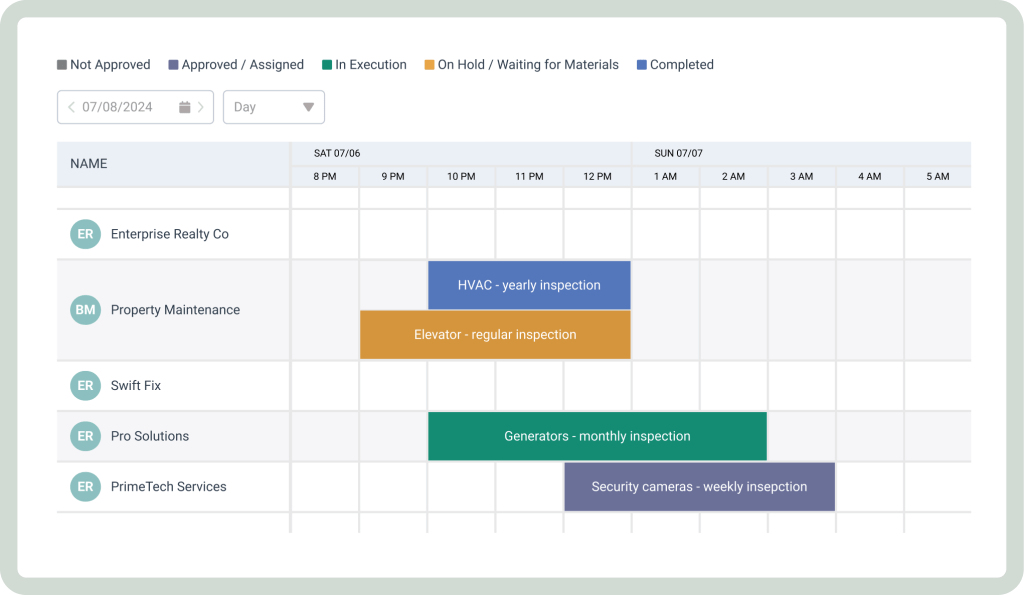
Source: WorkTrek
Be flexible with your schedule. Leave some open slots for unexpected repairs or changes in production needs.
Implementing a Preventive Maintenance Program
A preventive maintenance program helps keep equipment running smoothly and avoids costly breakdowns. It involves creating a schedule, defining regular inspections, and maintaining equipment to catch issues early.
Establishing Preventive Maintenance Routines
Begin by creating a list of all the equipment that requires maintenance. Note how often each item should be checked or serviced. Create a schedule that spreads out the work over time.
Use a computerized maintenance management system to track tasks and send reminders. This will help ensure that nothing is missed.
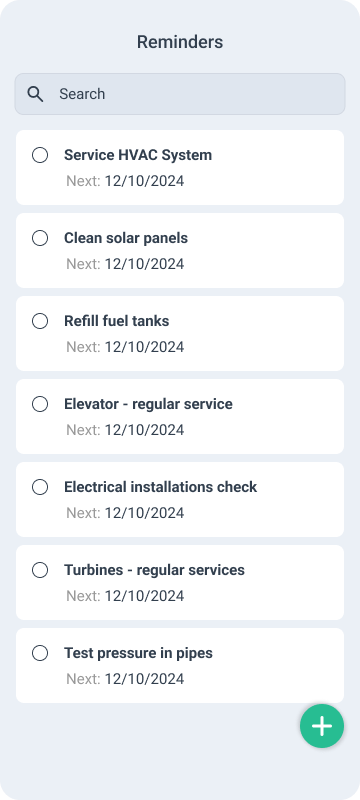
Set up checklists for each piece of equipment and scheduled maintenance tasks. Include steps like checking oil levels, tightening bolts, or cleaning filters. Make the checklists easy to follow.
Keep good records of all maintenance done. This helps spot patterns and plan future work.
Training for Maintenance Staff
Proper training is key for an effective preventive maintenance program. Teach staff how to use the maintenance tracking system and follow checklists.
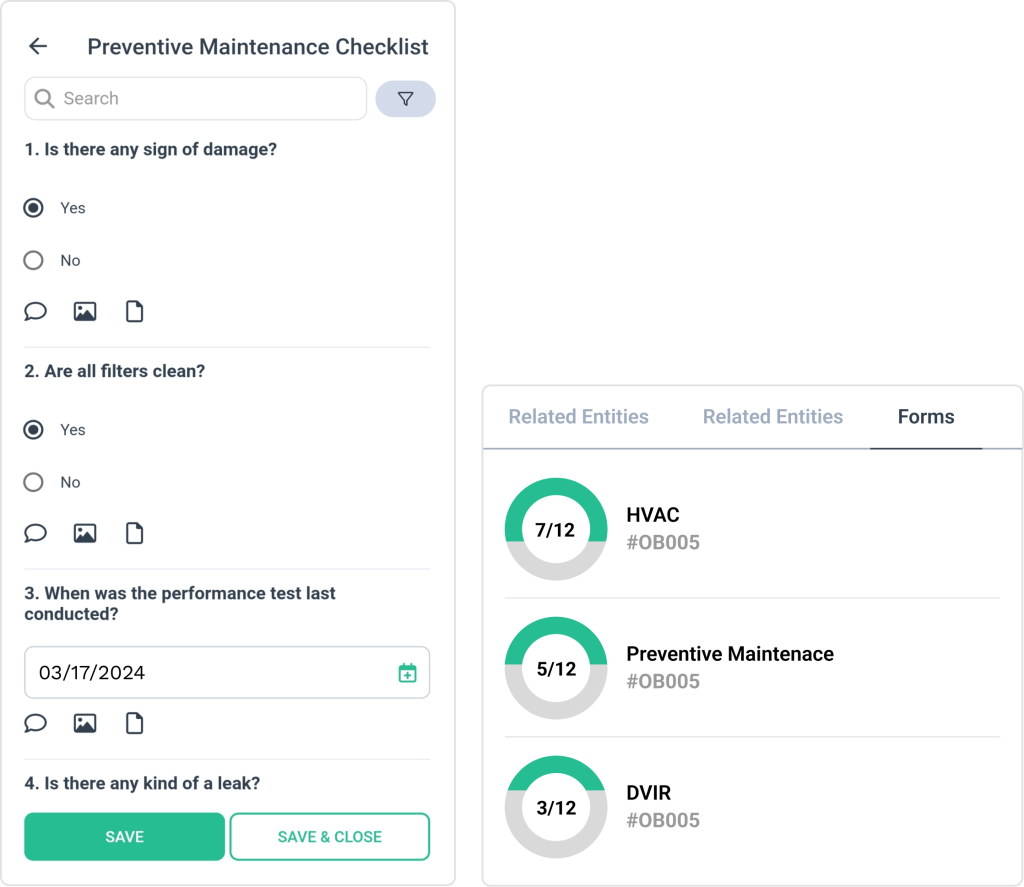
Give hands-on training for different types of equipment. Show how to spot early signs of wear or damage. Practice proper repair techniques.
Offer ongoing education to keep skills up to date. This could include classes on new technology or safety procedures.
Encourage staff to share knowledge. Set up a system for reporting and fixing problems quickly.
Regular training helps staff work more efficiently and safely. It also leads to better equipment care and fewer breakdowns.
Utilizing Maintenance Software
Maintenance software is key for effective upkeep. It streamlines processes and boosts efficiency.
Features of CMMS
Computerized Maintenance Management Systems (CMMS) offer many helpful tools. They track assets, schedule tasks, and manage work orders.
Asset tracking enables teams to know the location and condition of their equipment. This helps plan repairs and replacements.
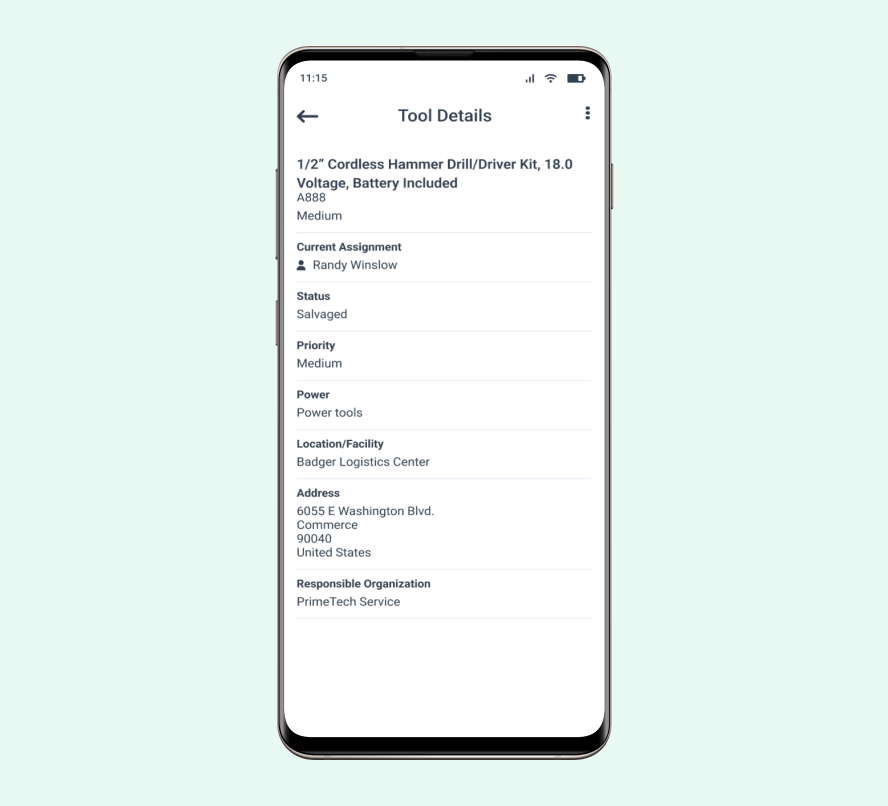
Scheduling features automate maintenance tasks. This ensures regular upkeep and prevents breakdowns.
Work order management tracks repairs from start to finish. It shows who did what and when, improving accountability.
CMMS also stores equipment manuals and repair histories. This info helps techs fix issues faster.
Reports and analytics show trends in equipment performance. Teams can spot problem areas and make smart decisions.
Integrating with Other Systems
CMMS works best when linked to other business systems. This creates a smooth flow of data across departments.
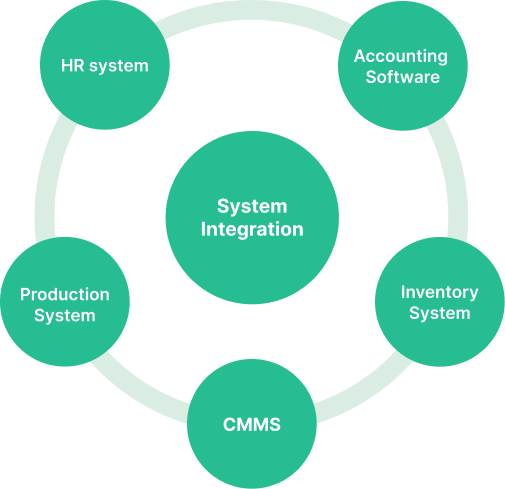
Source: WorkTrek
Connecting to inventory systems ensures parts are always in stock. When stock levels are low, the CMMS can trigger automatic replenishment orders.
Linking to accounting software simplifies cost tracking. It’s easy to see how much is spent on each asset or repair.
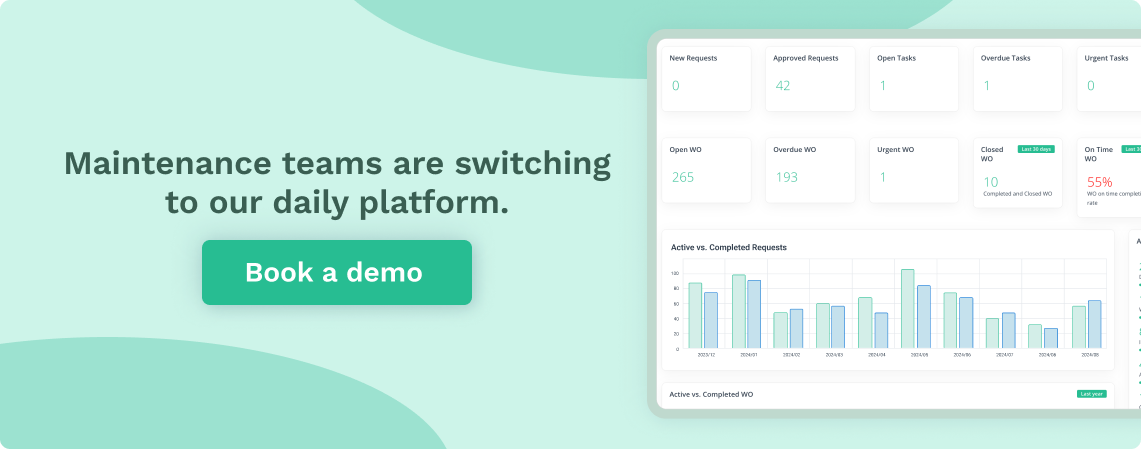
Integration with HR systems helps manage technician schedules. It ensures the right people are assigned to each job.
Integrating with production systems enables better planning and enhanced preventive maintenance activities. Maintenance can be scheduled during downtimes to minimize disruptions.
Mobile apps let technicians access the CMMS in the field. They can update work orders and check manuals on the go.
Monitoring and Improving Maintenance Processes
Tracking key metrics and constantly refining processes are crucial for an effective maintenance plan. These practices help identify areas for improvement and boost overall efficiency.
Key Performance Indicators (KPIs)
KPIs are vital tools for measuring the effectiveness of maintenance. Common maintenance KPIs include:
- Equipment uptime
- Mean Time Between Failures (MTBF)
- Mean Time To Repair (MTTR)
- Planned Maintenance Percentage (PMP)
- Overall Equipment Effectiveness (OEE)
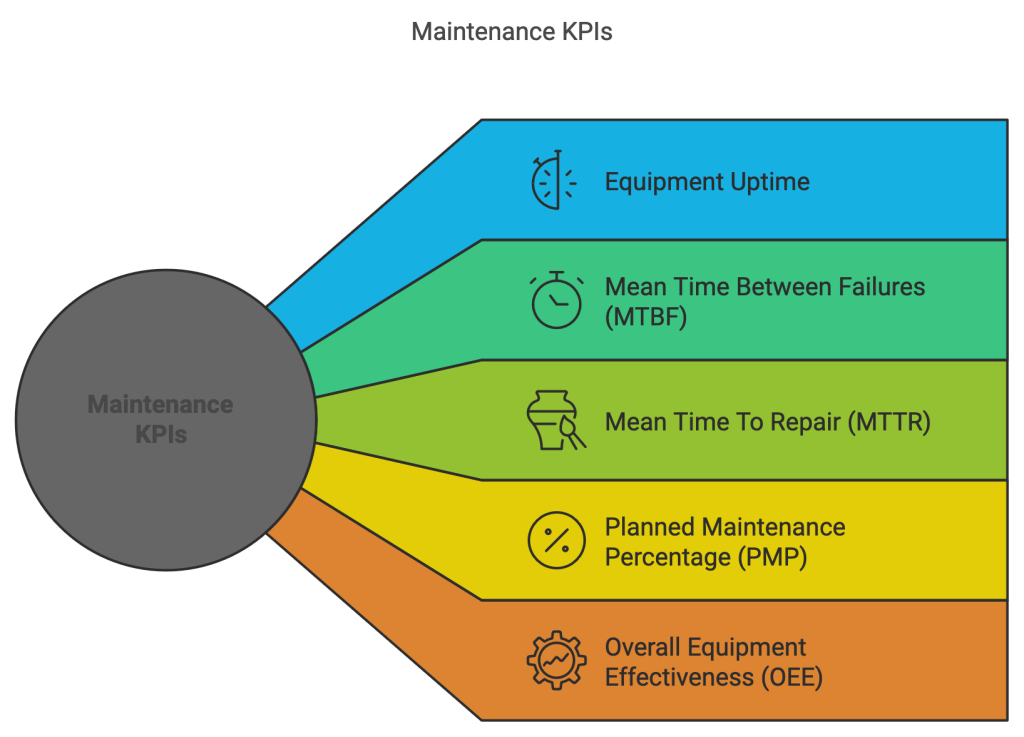
Source: WorkTrek
Tracking these metrics enables maintenance teams to identify trends and make informed, data-driven decisions. For example, a low MTBF may indicate the need for more frequent preventive maintenance.
Regular review of KPIs allows teams to set realistic goals and measure progress over time. This data-driven approach leads to more efficient resource allocation and improved equipment reliability.
Continuous Process Improvement
Maintenance processes should evolve to meet changing needs. Regularly reviewing and improving processes is key to maintaining effectiveness.
Steps for continuous improvement include:
- Gather feedback from maintenance staff
- Analyze maintenance data and KPIs
- Identify bottlenecks or inefficiencies
- Develop and test improvement strategies
- Implement successful changes
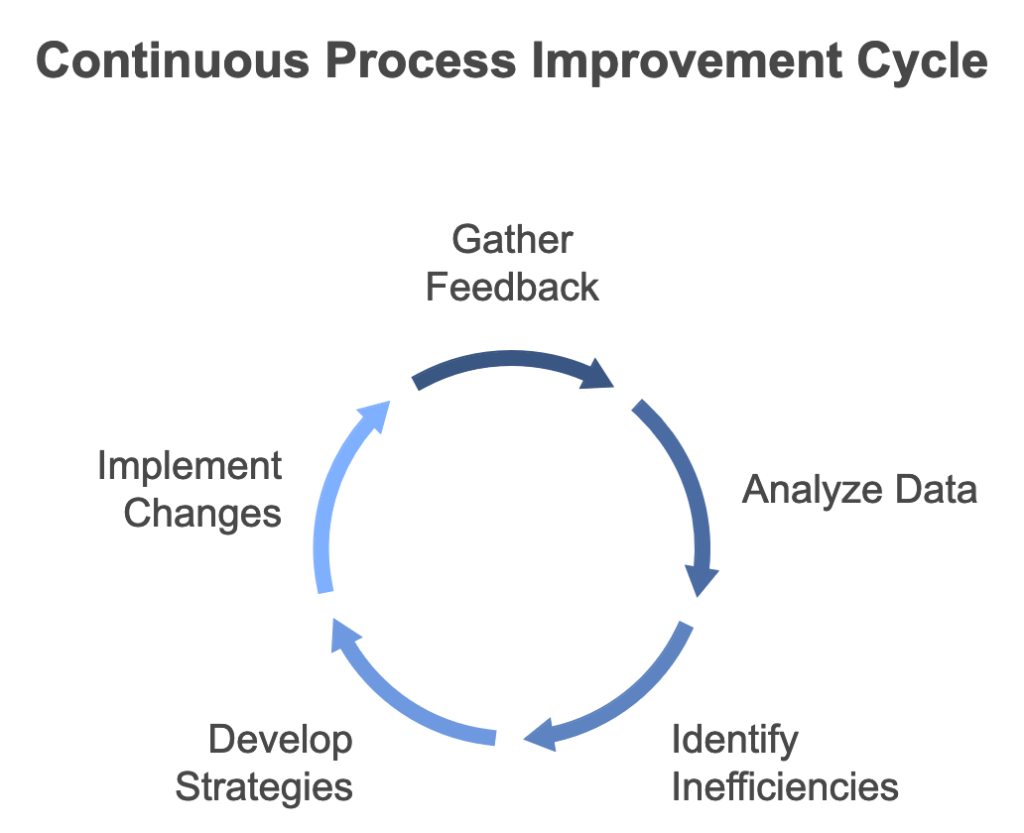
Source: WorkTrek
Encourage a culture of innovation that allows staff to suggest improvements. This approach helps identify practical solutions to everyday challenges.
Adopting new technologies, like predictive maintenance tools, can also enhance processes. These tools use real-time data to predict potential failures, reducing reactive maintenance tasks.
Ensuring Safety and Compliance
A well-maintained plan ensures worker safety and compliance with regulations. It helps avoid accidents and legal problems. Regular checks and fixes make equipment safer to use.
Adhering to Safety Standards
Safety rules are key for maintenance work. Develop clear safety policies for all tasks and activities. Train workers on the proper use of tools and the correct use of protective gear.
Set up safety checks before each job. Look for hazards such as loose parts or electrical issues and address them immediately.
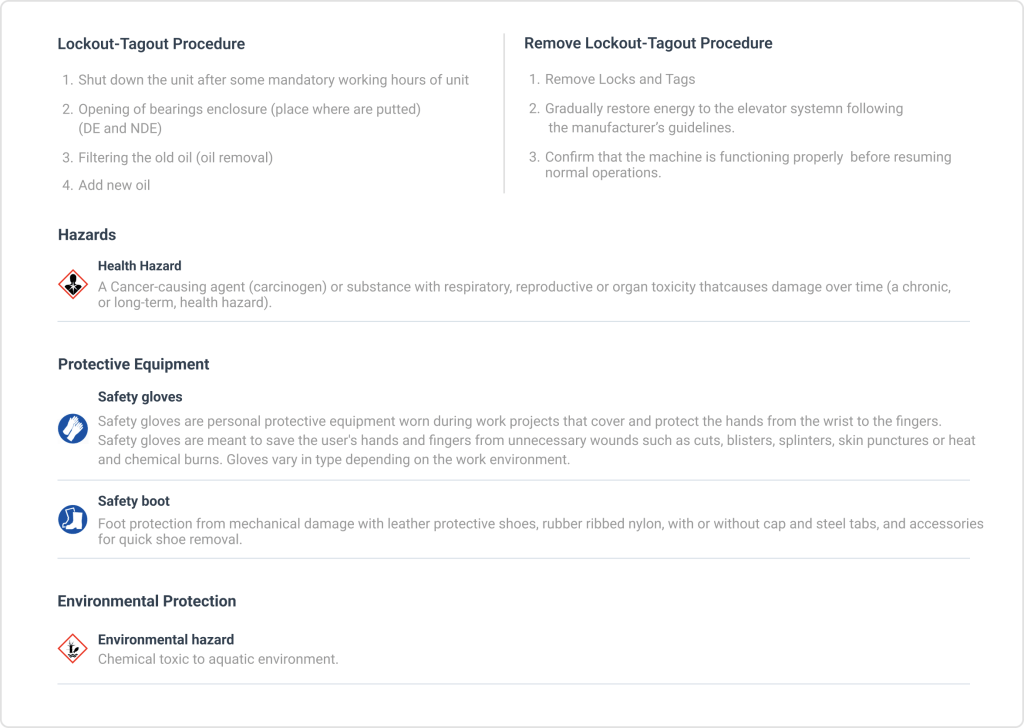
Source: WorkTrek
Use safety signs and labels on equipment to mark danger zones.
Keep work areas clean and well-lit to prevent trips and falls.
Hold regular safety meetings. Discuss near-misses and ways to improve. Reward workers who follow safety rules well.
Environmental Regulations and Compliance
Maintenance must follow environmental laws. Employees must be aware of the rules for handling chemicals and waste, and use eco-friendly cleaning products whenever possible.
Set up proper disposal for oils, coolants, and other fluids. Don’t let these leak into drains or soil. Keep good records of all waste disposal.
Check air filters and emissions regularly. Fix leaks in air or fluid systems quickly. This will reduce pollution and save energy.
Stay current on changing laws. Join industry groups to stay informed about new regulations. Train staff on environmental best practices often.
Create a plan to deal with spills or accidents. Have cleanup kits ready. Know who to call in case of a major problem.
Reviewing and Adjusting the Maintenance Plan
Regular reviews of your maintenance plan are crucial for its success. Schedule quarterly or annual review meetings to evaluate the plan’s effectiveness.
These reviews assess key performance indicators (KPIs) such as equipment uptime, repair costs, and maintenance response times. Compare actual results to your goals.
Look for patterns in equipment breakdowns and failures. This can reveal areas where preventive maintenance needs improvement.
Get feedback from maintenance staff and equipment operators. They often have valuable insights into what’s working and what isn’t.
Use data from your computerized maintenance management system (CMMS) to inform decisions. This tool can provide detailed reports on maintenance activities and costs.
Be prepared to make adjustments based on your findings. This might include:
- Changing maintenance frequencies
- Updating maintenance procedures
- Investing in new equipment or tools
- Providing additional staff training
Remember, an effective maintenance plan is never static. It should evolve with your organization’s needs and technological advancements.
Continuously monitor the results of your adjustments. This ongoing process ensures your maintenance plan remains effective and efficient over time.
Conclusion
A solid maintenance plan is necessary for any business that uses equipment or facilities. The tips in this article can help you create a plan that works. Set clear goals, assess your current status, and utilize preventive maintenance and software to stay ahead.
Keep safety and compliance in mind as well. Review and adjust your plan regularly to keep it up to date. It might seem like a lot of work upfront, but it’s worth it. A good maintenance strategy saves you time and money in the long run. It means less downtime and fewer surprise costs.
Plus, it keeps your business running smoothly, allowing you to stay competitive. Ultimately, taking good care of your equipment and facilities is just business sense.









